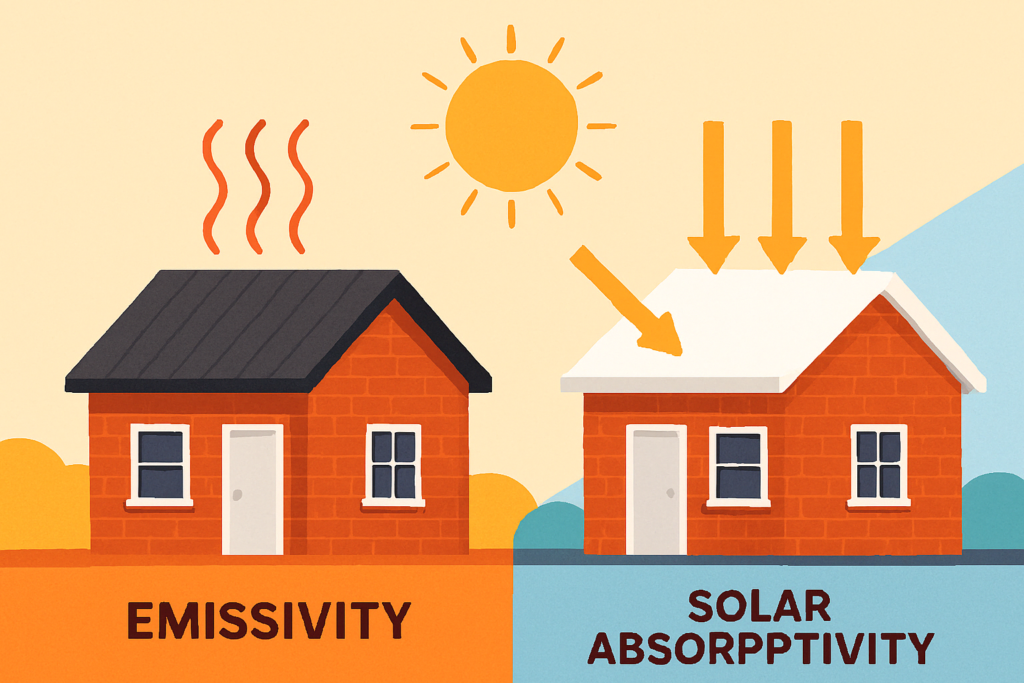Emissivity and solar absorptivity play a huge role in HVAC efficiency. Learn how to pick the right materials for energy-smart buildings.


Emissivity and solar absorptivity play a huge role in HVAC efficiency. Learn how to pick the right materials for energy-smart buildings.